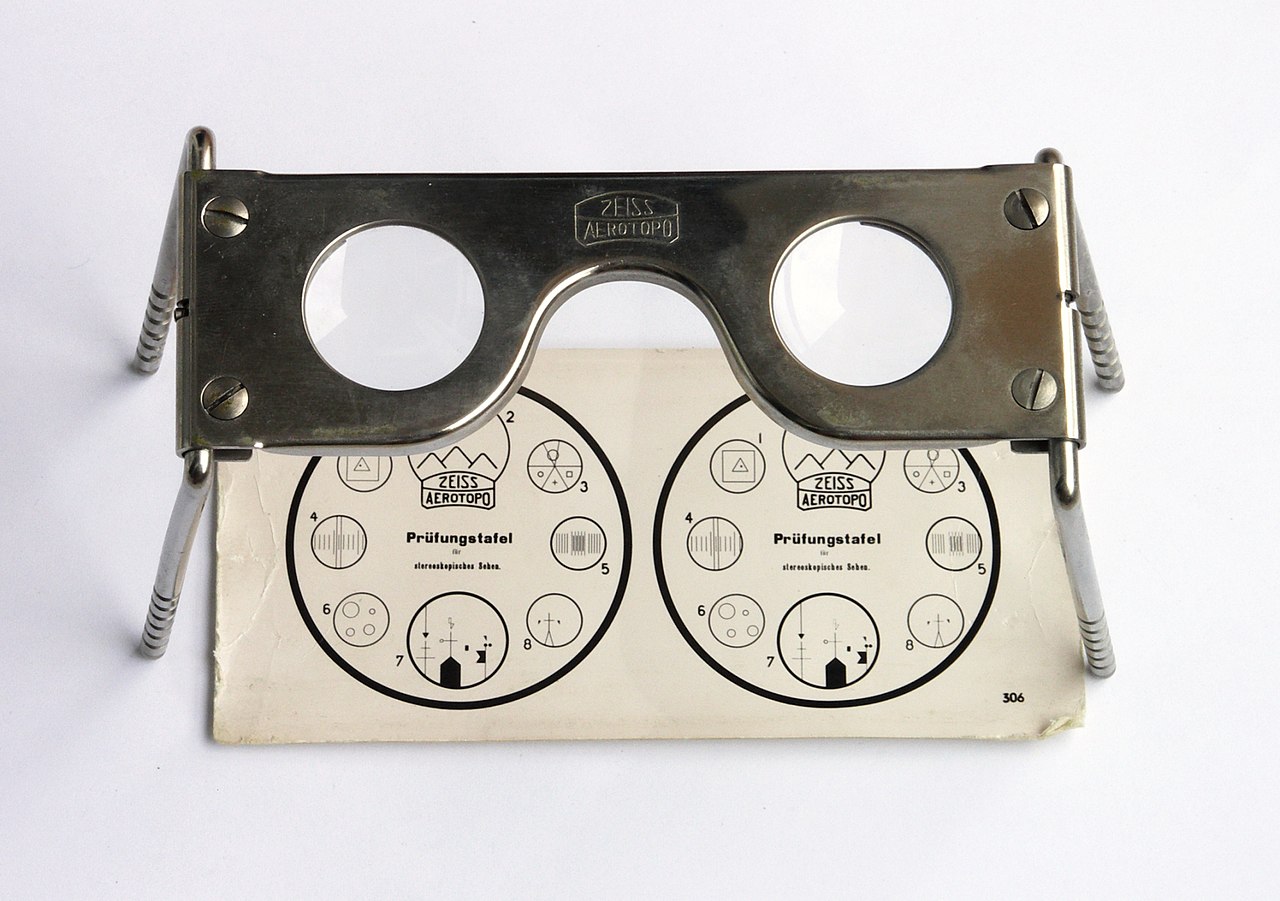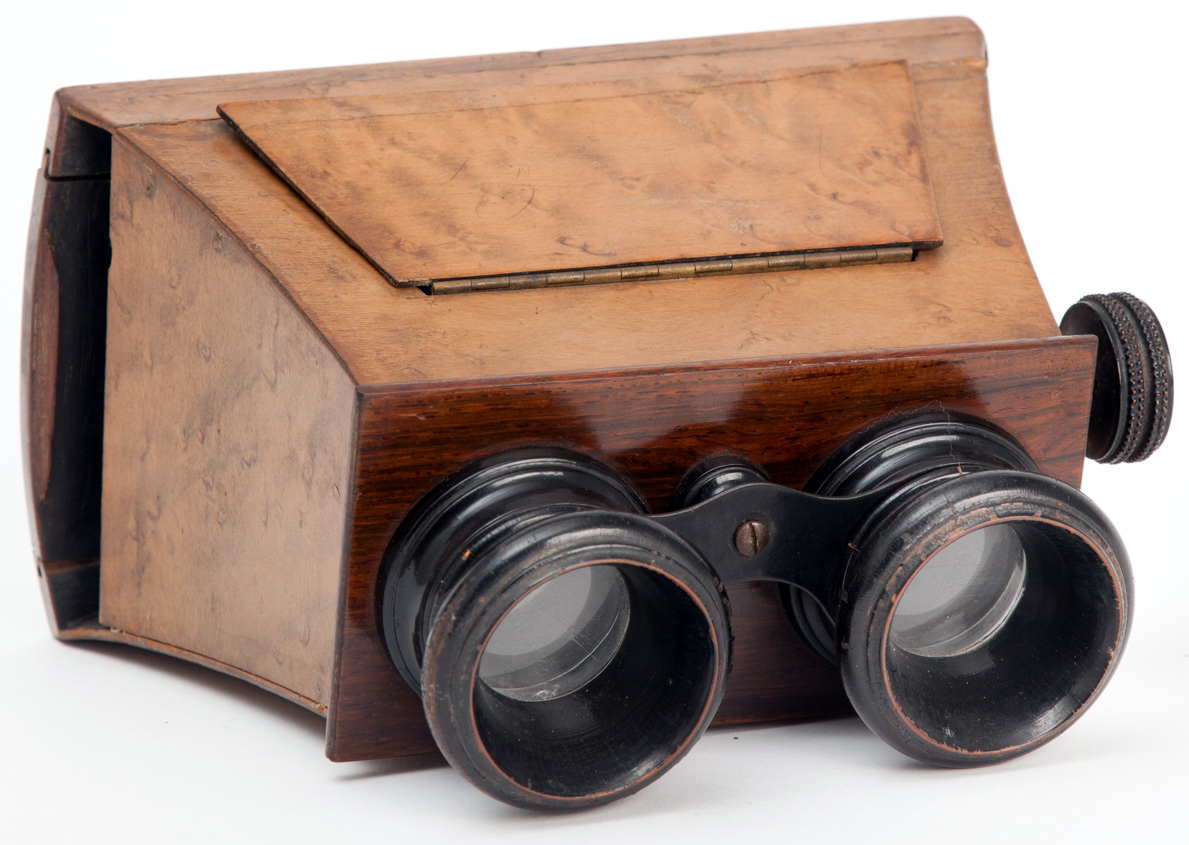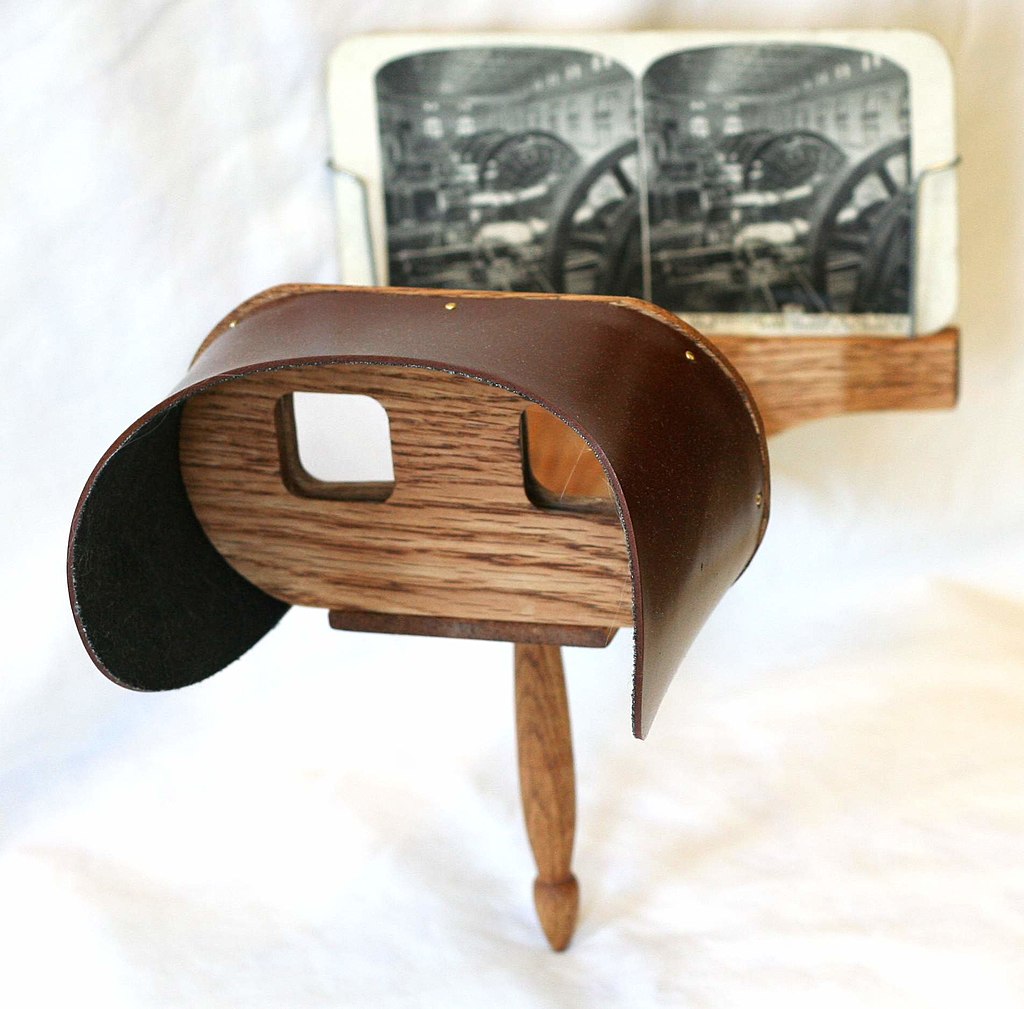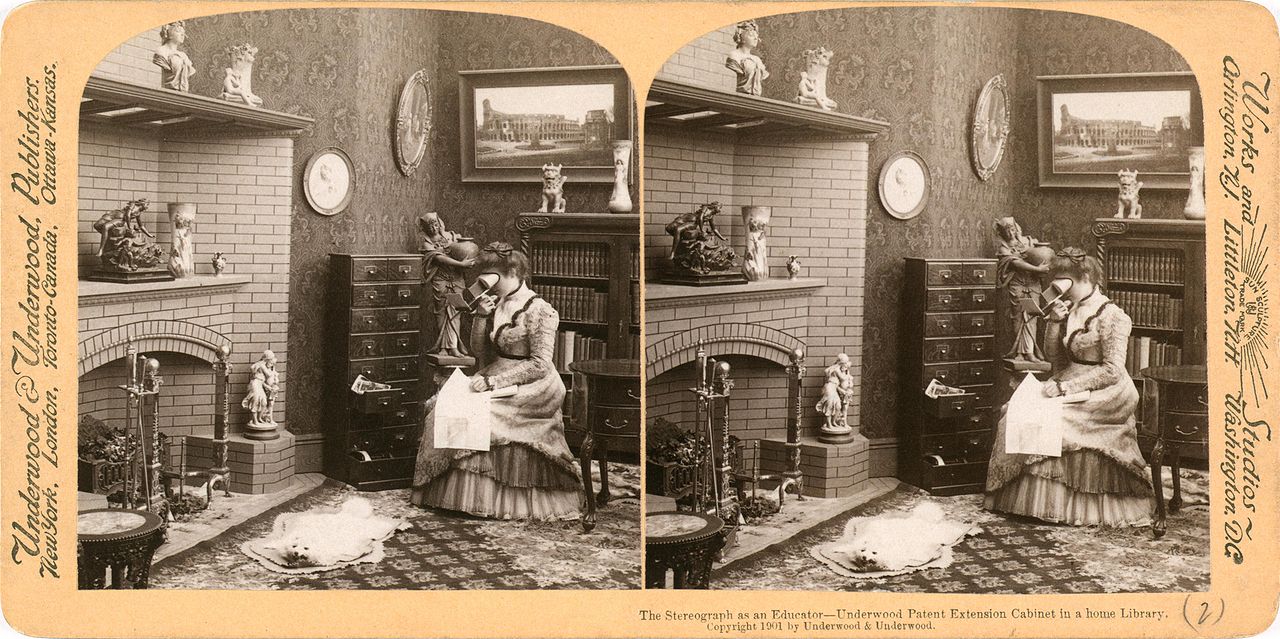Stereoscope 1832 - precursors of film and movie
A stereoscope, also known as a stereoviewer, is a device used to view a pair of two-dimensional photographs as a single three-dimensional image. The stereoscope was invented in the mid-19th century and quickly became a popular form of entertainment, providing people with a new and immersive way to experience the world.
Before the invention of motion pictures, the stereoscope was one of the earliest forms of visual entertainment, and it played a significant role in paving the way for the development of film and cinema. In many ways, the stereoscope can be seen as one of the precursors of film and movies, as it was the first device to bring still images to life through the illusion of depth and movement.
One of the key innovations of the stereoscope was its ability to create the illusion of depth by presenting two slightly different views of a scene to the left and right eye. This created the illusion of a three-dimensional image, and allowed viewers to experience a sense of depth and distance that was not possible with traditional two-dimensional images.
The stereoscope was made even more popular by the widespread availability of stereoscopic photographs, which were produced by photographers who traveled the world to capture images of exotic locations and interesting subjects. The images were then printed on cards that could be inserted into the stereoscope and viewed in 3D. This allowed people to experience the world in a new way, and made it possible to explore far-off lands and experience new cultures without ever leaving home.
As the popularity of the stereoscope grew, it soon became clear that it was more than just a form of entertainment. In fact, the device played an important role in scientific research, as it was used by geologists, archaeologists, and other scientists to study topographical maps and other images in 3D. It also became an important tool for military intelligence, as it was used to study aerial photographs and other images to gather information about enemy positions and movements.
The stereoscope was also an important precursor to the development of motion pictures. The illusion of depth and movement that was created by the stereoscope was the first step towards creating the illusion of continuous movement that would eventually become the hallmark of cinema. In many ways, the stereoscope was the first example of a device that could bring still images to life, and it paved the way for the development of the motion picture camera.
One of the key benefits of the stereoscope was its simplicity. Unlike early motion picture cameras, which were complex and expensive, the stereoscope was relatively inexpensive and easy to use. This made it possible for people of all walks of life to experience the illusion of depth and movement, and to explore the world in a new way.
In conclusion, the stereoscope was an important precursor to the development of film and cinema, as it was one of the first devices to bring still images to life through the illusion of depth and movement. Its popularity and widespread use paved the way for the development of motion picture cameras, and it remains an important example of the power of visual storytelling. While the stereoscope may seem like a simple and primitive device by today's standards, its impact on the world of visual entertainment and its role in paving the way for the development of film and cinema cannot be overstated.

.jpg/1280px-U%26U_Stereoscope_(02).jpg)






Comments
Post a Comment